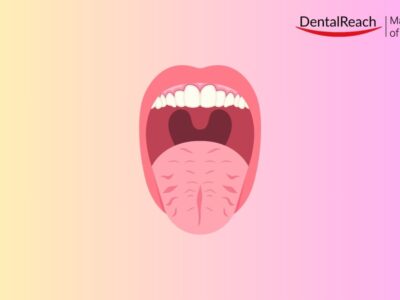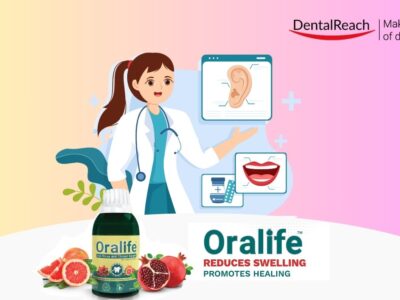Introduction
Artificial Intelligence (AI) is the intelligence expressed by machines, in comparison to the essential knowledge represented by humans and animals. An artificial neural network (ANN) is a mathematical model that emulates the human brain’s operation. A typical neural network has an input layer (or level) consisting of one or more sub levels, which send data via synapses to the second layer or intermediate ‘hidden’ level. This layer consists of a complex system with more layers of neurons. Artificial neural networks, following training, can discriminate between important patterns in input information and respond with an appropriate output.
History of Artificial intelligence (AI)
- Plato envisaged a basic model of brain function in 400 BC.
- Aristotle, for the first time in history presented the concept of AI.
- Ramon Llull, a 14th-century Catalan poet and great missionary theologian, devised a model of the human mind through logical concepts.
- Alan Turing (1950), British mathematician created a machine to decode encrypted messages.
- The person who finally coined the term artificial intelligence in 1955, and is regarded as the father of AI, is John McCarthy.
The past of AI has it’s glory, but the future of AI is already here! Click here to read how.
Model of Artificial Neural Network (ANN)
An Artificial Neural Network is a mathematical model that emulates the brain’s operation. It mainly contains a number of small elements (neurons), which will perform a single function.
Each neuron has a lot of input data as a network from other neurons called synapses. This single data which is connecting with other neuron forming a synapse, can be exhibited by weight between 0 and 1. The aggregate of this input neuron is the total of these weighted inputs, summing up the neurons at synapses. The neuron output (activity) is imitative by processing the sum neuron input through mathematical algorithm, and this complete structure is called as ‘architecture’ (Fig. 1).

Intermediate layers which send data through synapses that do not join the input and output directly are called as a ‘hidden layer’. More the layers of neurons involved with numerous input and output data, the more complex the system. Artificial neural networks, following training, can discriminate important patterns in input information and respond with an appropriate output.
Application of ANN in Pediatric Dentistry
AI involves a clinical decision system, which provides a professional guide with computer programs. Pediatric dentists with the help of AI can help to diagnose specific oral and dental problems, which helps in affordable, efficient treatment for the patient.
Following are the applications of ANN –
- Appointment bookings for the pediatric patients to their convenience and coordinating regularly
- A dentist can perform various tasks easily with the help of the software consisting of voice recognition and interactive interphases
- Compared to humans, AI can document all the required data and provide it to the pediatric dentist much more rapidly and efficiently.
- It can help dentists to diagnose problems faster. Read more here.
- Early detection of oral cancer in children
- Unerupted teeth sizes can be predicted with higher accuracy in the mixed dentition
- Helps in cephalometric diagnosis with precise location of landmarks in radiographic tracing
- Minor apical foramen can be accurately detected, thereby playing an important role in working length determination
- Investigating the properties of dental materials such as chemical stability, wear resistance, and flexural strength
- The design of dental prosthesis can be made chair side with precision to its design based on the digital imaging following tooth cusps
- Chair side manufacturing of dental prosthesis, based on digital image acquisition following tooth cusps estimation
- Classification of patients’ condition into aggressive periodontitis and chronic periodontitis, based on their immune response profile
- For orthodontic problems in children, the software can perform number of space analysis, helps in diagnosis and treatment planning
- For diagnosis of recurrent aphthous ulcers with multifactorial aetiology
- Helps to create toothache prediction model in children
- Detection of dental caries in an extracted tooth has been successfully done by ANN
- Diagnosis for arch form qualitatively, using ANN from tooth size and arch dimension variables on the scanned-dental cast from patients with class I malocclusion treated orthodontically
- Convolutional neural network features (faster R-CNN) in the TensorFlow tool package to detect and number teeth in dental periapical films
- Applying a deep artificial neural network approach to maxillofacial prostheses coloration.
- AI helps in detection of vertical root fracture along with evaluation of chemical resistance of dental ceramics
- ANN modelling and analysis for the prediction of change in the lip curvature following extraction and non-extraction orthodontic treatment
- Automated diagnosis and severity measurement of cysts from dental X-ray images
Advantages of AI
- Efficiency in diagnosis and treatment planning
- Standardisation of programs
- Faster and consumes less time
Just in !>>> AI Discovers Antibiotics to Treat Drug-Resistant Diseases!>>>
Disadvantages of AI
- Mechanism of AI is very complex in nature
- Expensive setting up costs
Conclusion
The current review paper has established the concept, history, and present application of AI in pediatric dentistry. Dentists have always been at the leading edge in implementing new innovative AI technology. The field of artificial intelligence has increased in the last decade. Dentists will be able to pinpoint specific problems thereby speeding recovery. AI-enabled tools for dentistry can provide patients with an accurate diagnosis. Incorporation of AI in teaching and learning process can dramatically improvise the way student perceive knowledge. Future AI based dental education can significantly reduce the cost of education and the burden on educators. Definitely, AI can only assist the pediatric dentist in performing the tasks efficiently, but in no way replace the intellect of the human knowledge, skill and treatment planning.




















Comments